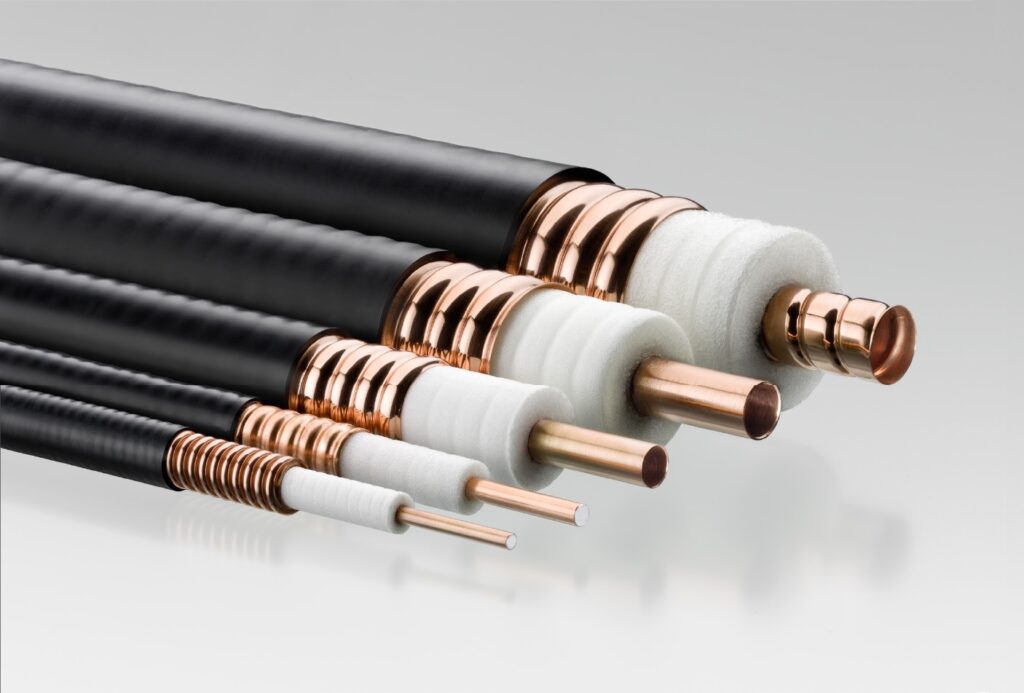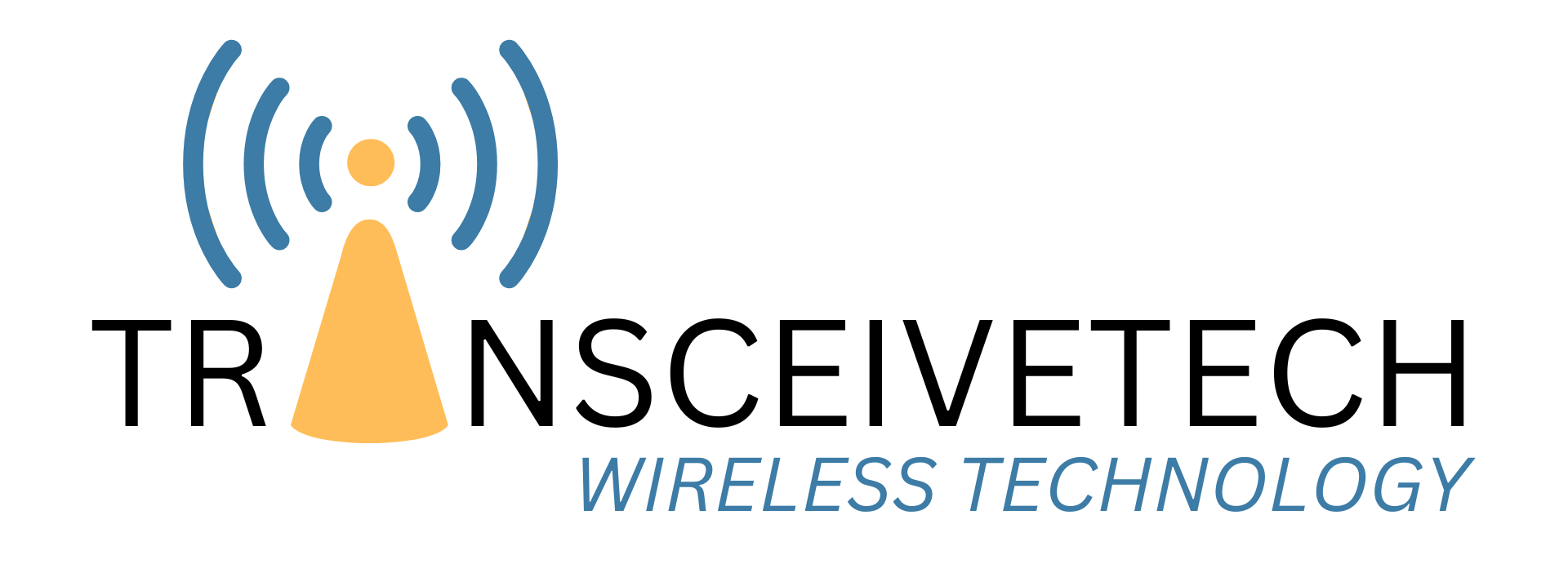Radiating Cables for VHF/UHF Systems in Maritime Environments
The use of radiating cables for VHF/UHF Systems in maritime environments emerges as a critical solution to overcome the hurdles presented by the dynamic and harsh maritime environment.
Very High Frequency (VHF) and Ultra High Frequency (UHF) systems are vital components of maritime communication networks, facilitating ship-to-ship, ship-to-shore, and various operational communications.

Understanding Radiating Cables
Radiating cables, also known as leaky feeders, are specialized coaxial cables designed to emit or absorb radio frequency (RF) signals along their length. Unlike conventional coaxial cables, radiating cables feature periodic slots or gaps in their shielding, allowing RF signals to escape. This unique design enables radiating cables to serve as both transmission lines and antennas, making them ideal for applications where conventional antennas may be impractical or unsuitable.
Challenges in Maritime Environments
Maritime environments present challenges such as saltwater corrosion, electromagnetic interference from onboard electronics, signal attenuation due to water absorption, and the constant movement of vessels can severely degrade the performance of communication equipment.
In such conditions, the deployment of radiating cables offers several advantages:
Improved Coverage
Radiating cables distribute RF signals uniformly along their length, effectively extending the coverage area compared to conventional antennas. This feature is particularly beneficial in maritime environments, where obstacles such as ship structures and harsh weather conditions can obstruct signal propagation.
Resilience to Environmental Factors
These cables are designed to withstand the harsh conditions encountered at sea. Their robust construction ensures reliable performance and longevity, even in challenging maritime environments.
Flexibility and Adaptability
The flexibility of radiating cables allows them to conform to the contours of ship interiors and exteriors. This enables seamless integration into existing communication infrastructure. Additionally, their modular design facilitates easy installation and maintenance, minimizing downtime and operational disruptions.
Applications in Maritime Communication
Shipboard Communication Systems
Radiating cables are deployed throughout vessels to establish reliable communication links between different compartments, crew members, and onboard systems. They ensure continuous connectivity, essential for coordinating navigation, safety procedures, and operational activities.
Port and Harbor Communications
When installed along port facilities and harbor areas, radiating cables enable efficient communication between ships, port authorities, and logistics operators. They facilitate the exchange of critical information regarding vessel traffic management, cargo handling, and emergency response.
Offshore Platforms and Oil Rigs
In offshore environments, where traditional communication infrastructure may be limited, radiating cables provide a reliable means of establishing communication links between offshore platforms, support vessels, and onshore facilities. They play a crucial role in ensuring the safety and productivity of offshore operations.
Get the Right Team
By offering enhanced coverage, resilience to environmental factors, and adaptability to diverse applications, radiating cables emerge as indispensable components of VHF/UHF systems in maritime environments. Team Vivo Asia are skilled and experienced in designing and installing systems involving radiating cables for maritime applications.
